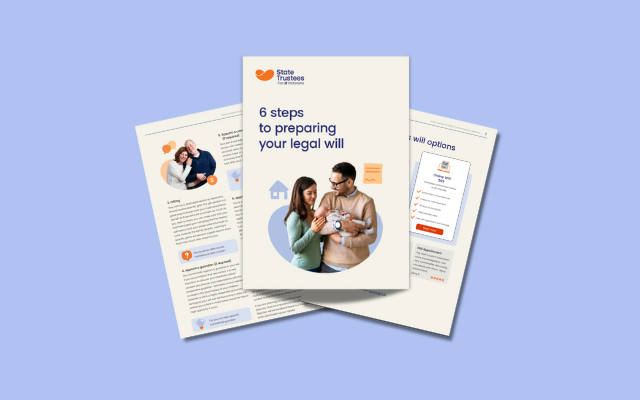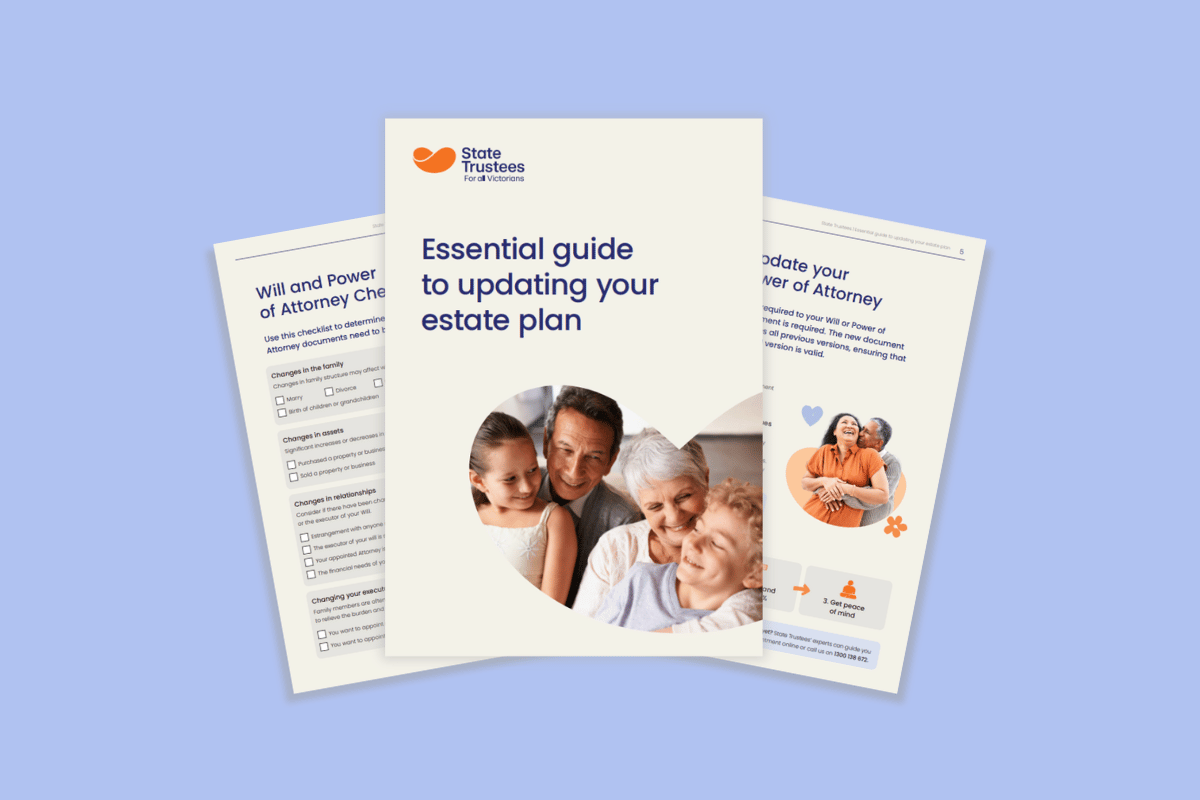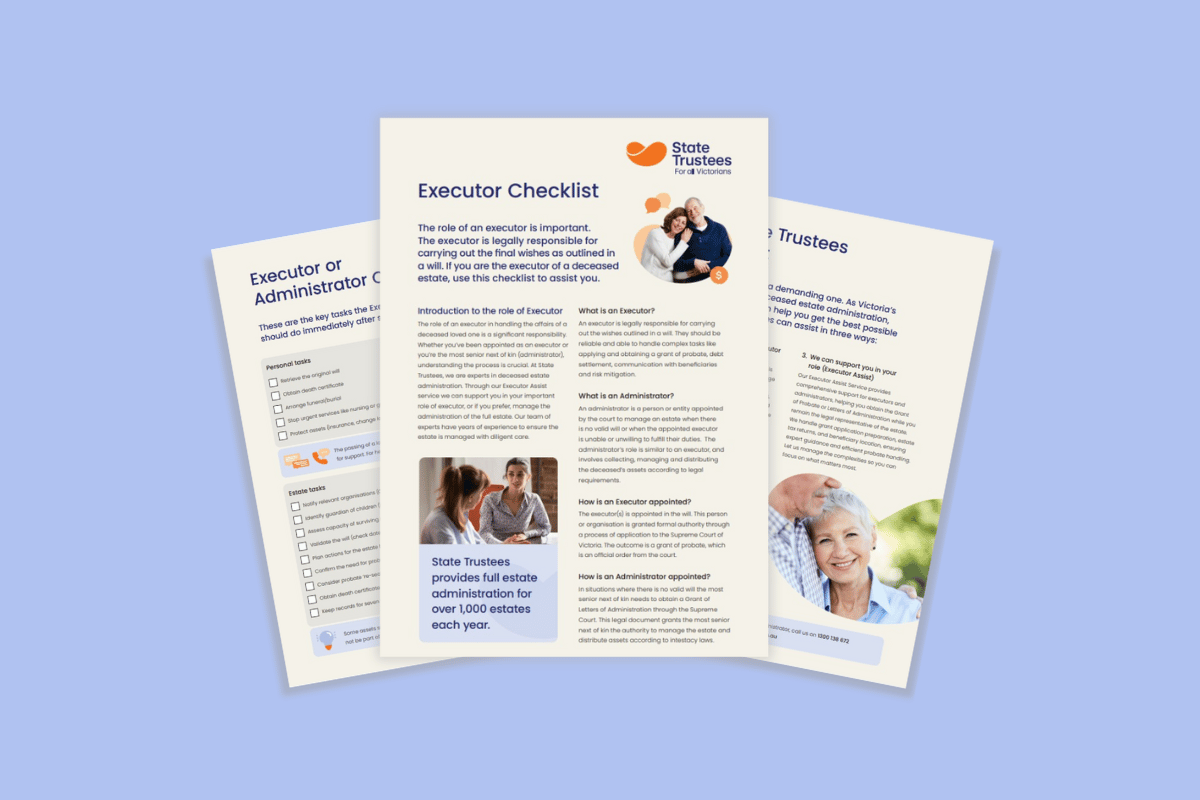Elder abuse is a complex issue that is estimated to impact 1 in 6 older people globally. Cutting across social and cultural lines, elder abuse can happen to any older person and is often complicated by factors including family relationships, financial incentives and diminished decision-making capacity.
To mark World Elder Abuse Awareness Day (WEAAD), we wanted to provide some guidance on the different types of elder abuse, how to identify them and what to do if you think it is happening.
What is elder abuse?
- Elder abuse is any act, or failure to act, which causes harm or distress to an older person and is carried out by someone they know and trust, such as a family member or friend.
- The term ‘elder abuse’ covers the physical, social, financial, psychological or sexual harm of older people, both intentional and unintentional, and can include mistreatment and neglect.
Research conducted by the National Ageing Research Institute (NARI), in collaboration with Senior Rights Victoria (SRV) and funded by the State Trustees Australia Foundation, looked at seven years of elder abuse data covering elder abuse cases in Victoria.
The study – Elder Abuse in Victoria: An analysis of 7 years of data – was based on data collected from advice calls made to victims of elder abuse by Senior Rights Victoria between 2012 and 2019. The research highlighted key factors that contribute to elder abuse, while also examining who perpetrates it and how it is reported.
The study found the two most common forms of elder abuse were psychological abuse (63%) and financial abuse (62%). This was followed by physical abuse (16%) and social abuse (11%), with many clients experiencing more than one type of abuse.
What are the main behaviours and signs of elder abuse?
- Large withdrawals or big changes in banking habits occur
- Property is transferred when an elderly person is no longer able to manage their own financial affairs
- Coercion or threats over assets or wills are made
- There’s an inability to find the money for basics such as food, clothing and transport
- Abuse of powers of attorney occur
- Belongings are missing
- Depression or low mood
- A feeling of helplessness
- Threats to harm the elderly person or their loved ones
- Preventing older persons from contacting family or friends
Why is elder abuse such a complex issue?
Elder financial abuse often occurs when an older person’s circumstances change and their reliance on others increases. For example, after the death of a partner, onset of injury or illness, or increased social isolation and dependence on others to access finances, shopping or the community.
An enduring power of attorney (EPA) is an important tool for older people to have in place which allows them to delegate powers to a trusted person, the attorney, in the event the older person is unable to do the things they used to do, or make decisions due to injury or impaired decision making capacity.
An EPA empowers people to delegate decision making powers to a trusted attorney(s). Unfortunately, an EPA can also be used as a tool for financial abuse, so it is important to choose a trusted person to take on this important role.
One of the key findings of the study was that in 91% of cases, the abuse was carried out by a family member, most commonly sons (39%) or daughters (28%). Abuse perpetrated by a close family member adds an extra layer of complexity when it comes to reporting elder abuse as a crime. Many parents are understandably reluctant to proceed with a criminal prosecution of their child or children, even more so if that same relative is their primary carer.
When the individual being abused has diminished capacity and does not have an enduring power of attorney (EPA) in place, establishing how they would like their financial and personal affairs to be managed can also prove tricky.
If the next of kin is also the person perpetrating the abuse, there is an in-built conflict when it comes to prioritising the welfare of the elderly person over any financial incentives that may benefit the family member. The study identified that, on average, 35% of perpetrators of elder abuse suffered from drug, alcohol or gambling addictions. A further 39% of perpetrators experienced mental health issues.
While WEAAD is a timely reminder of the importance of ensuring we prevent elder abuse, it is important to remember that the vast majority of family members and attorneys do the right thing, have their loved one or client’s best interests at heart and want to ensure their safety and wellbeing are protected.
The above covers just some of the factors that can drive elder abuse. In an environment where ageism and the marginalisation of older people in society at large are common, raising awareness about elder abuse will continue to be challenging. You can do your part by sharing information on the signs to look out for and acting when you suspect elder abuse may be taking place.
Help is at hand
There are several ways to report the different forms of elder abuse. If you suspect you or someone you know may be a victim of elder abuse, contact the organisations below.
Senior Rights Victoria can assist if you believe you are the victim of elder abuse. Phone them on 1300 368 821 or visit www.seniorsrights.org.au
Elder Rights Advocacy can assist if you believe elder abuse is being committed against a resident of a government-funded aged care facility. You can you reach them on 1800 700 600 or by visiting www.era.asn.au
1800RESPECT – call 1800 737 732 or visit www.1800respect.org.au
ELDERHelp – call 1800 353 374
Victoria Police can assist where there is family violence committed against an elderly person. For non-urgent enquiries, phone 131 444 or visit www.police.vic.gov.au/elder-abuse
Useful resources
Share this article





